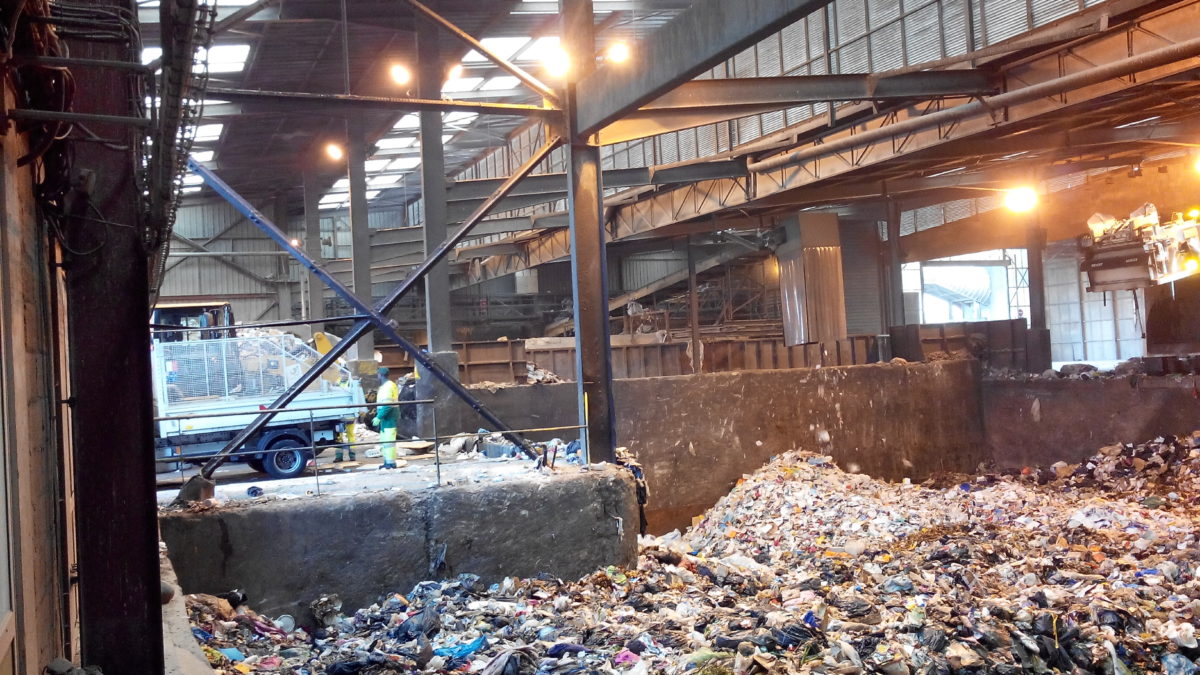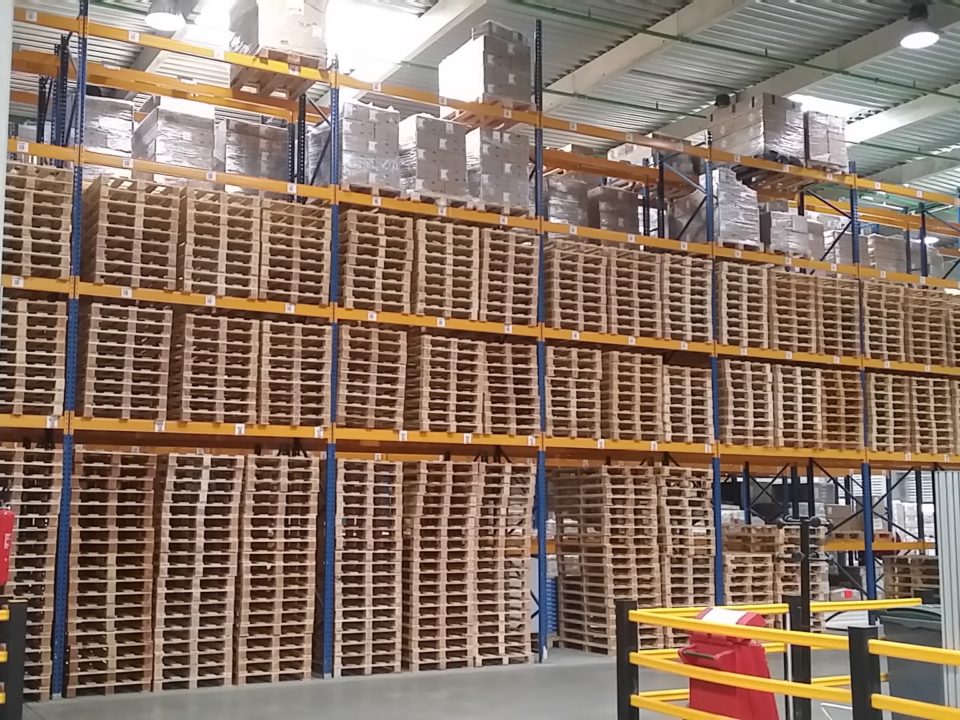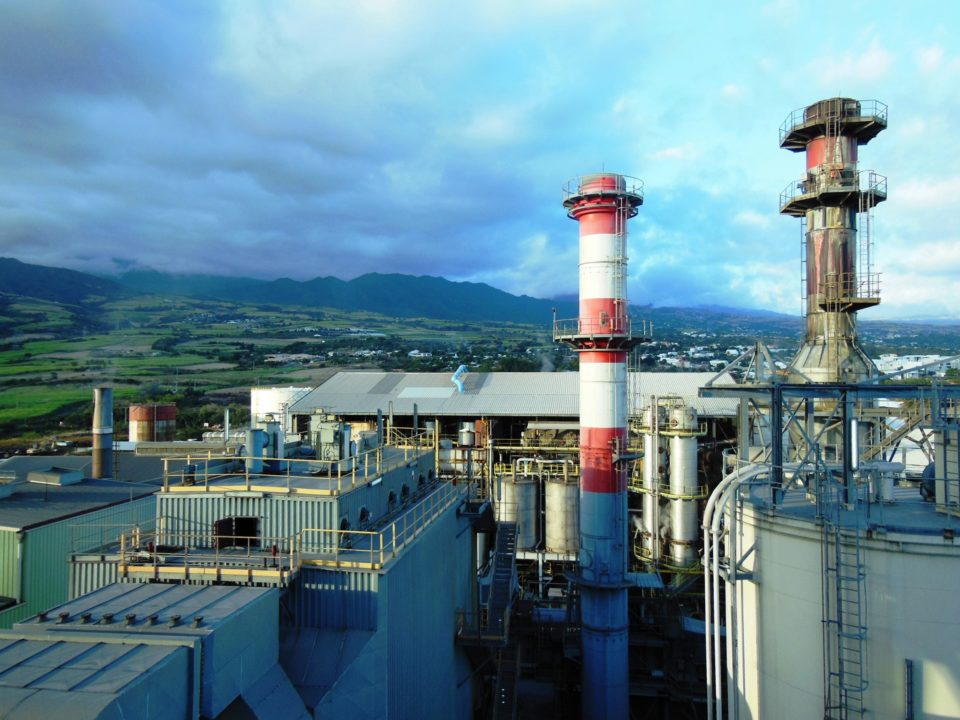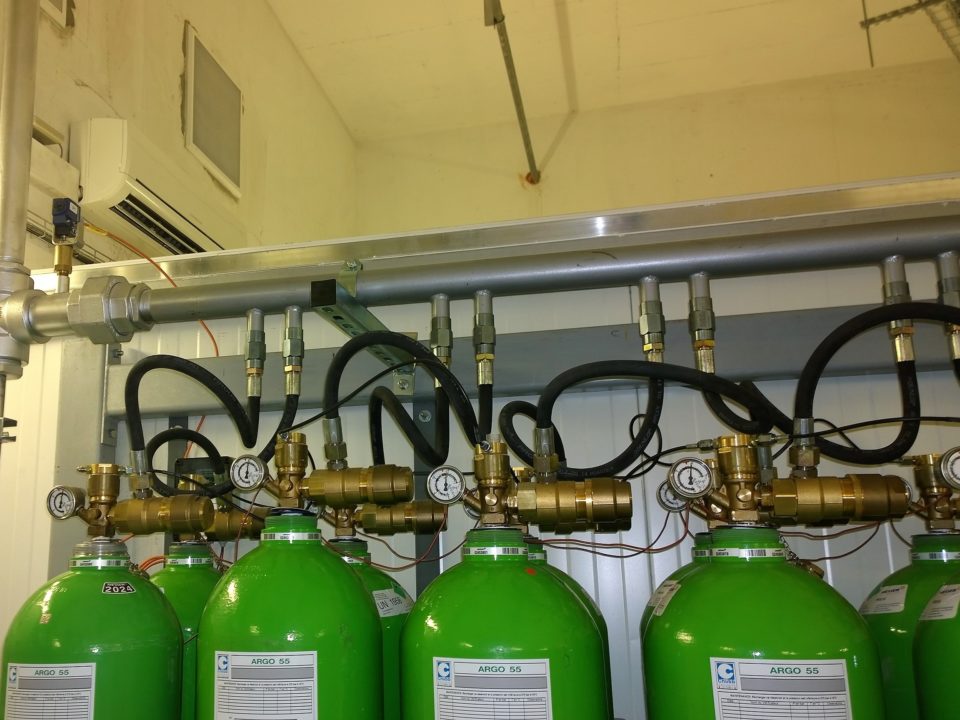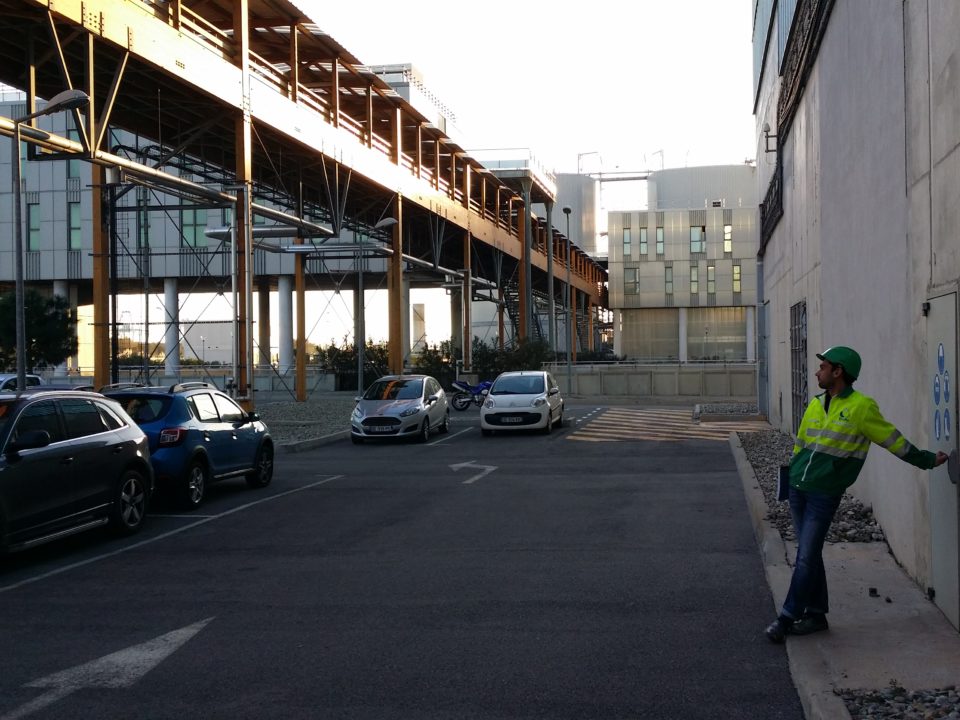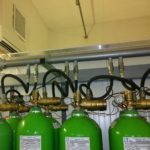
Extension/Replacement of an automatic chemical gas extinguishing system
23 June 2020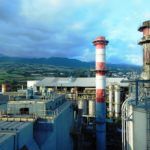
After the Lubrizol fire, potential changes in regulatory requirements with regard to the storage of combustible and inflammable materials
1 July 2020Fire protection is a major issue in the waste reprocessing sector. The majority of sites are in fact particularly vulnerable to fire. This is due to a high risk of a fire igniting, high calorific potential linked to fast propagation (conveyor systems and absence of fire stops). Furthermore, fire protection culture is historically weak on waste treatment sites. The detection of accidents is often too late, which further complicates fire fighting using insufficient or unsuitable equipment.
Waste reprocessing sites have to deal with numerous fire risks. Examples include:
- Aerosols compressed in metal presses and trommels,
- Risks related to maintenance and in particular hot work,
- Overheating of conveyor track rollers.
Moreover, the vulnerability of sorting centres is increased by difficulties in detecting the start of fires:
- Vast site with few or no staff to monitor it 24 hours a day
- Unsuitable automatic detection because generally based on smoke detection made ineffective by a polluted environment (dust, acidic atmosphere, smoke and gas).
What is more, the majority of sorting centres are not correctly equipped to deal with these risks since the equipment installed generally meets only the undemanding administrative requirements. Although all sites have extinguishers and some fire hose stations, these cannot contain a fire that beaks out in a pit or spreads to stores or processes. Some sites are equipped with canons which are generally badly designed: insufficient output, orientation and jet range, etc. Worse still, due to poor design, the use of canon has been known to spread the fire by propelling fire balls while trying to extinguish it. Furthermore, stores where calorific potential is concentrated are generally not specifically protected.
Lastly, the design of waste treatment centres aimed at facilitating the flow of waste (large spaces without fire stops, conveyor systems crossing the entire site, etc.) facilitates or even accelerates the spread of fires.
While it is therefore clear that waste centres are particularly vulnerable to fire risk, it is important to keep in mind that the consequences of a fire can be considerable:
From an economic standpoint, the cost of reconstruction will lead to a significant increase in insurance premiums.
Operating losses are also considerable due to the obligation of public service continuity that requires the site to redirect material flows to other sites which are often overloaded.
Lastly, these sites are usually owned by the public authorities and, as such, any fire is the subject of wide media attention. Since waste reprocessing is often a subject of much tension in the neighbourhood (the NIMBY “Not In My Back Yard” phenomenon), a large fire may lead to permanent closure for political reasons.
Here are some statistics for information purposes (source: French Federation of Insurance Companies):
In recent years, urban and industrial waste treatment sites have had the most serious accidents (in number and total amount of claims).
The increase in the number and seriousness of accidents in the “waste” industry has led insurers to:
- Refuse to insure such businesses (almost all cover for the market is provided by 3 or 4 insurance companies),
- Increase the amount of premiums and excess,
- Require increasingly substantial fire-fighting capability.
- Since the industry is systematically loss making, insurers are very reluctant to negotiate. On the other hand, public players (authorities, the fire service, DREAL) are gradually becoming aware of the consequences of a potential fire and are gradually raising their standards.
We have worked several times in recent years on projects in the execution phase to bring up to standard fire-fighting capability that was manifestly underestimated during the design phase, with all the technical and financial consequences imaginable.
It is therefore essential to correctly assess from the design phase the risks and fire-fighting capability to be implemented. Today, highlighting the planned fire-fighting capability gives a competitive advantage in a call for tenders.
Cyrus Industrie is fully aware of the issues involved in this sector, and is familiar with the processes and stakeholders, both public and private. With our extensive experience, we can quickly identify the risks and offer suitable solutions from a technical and economic standpoint.

